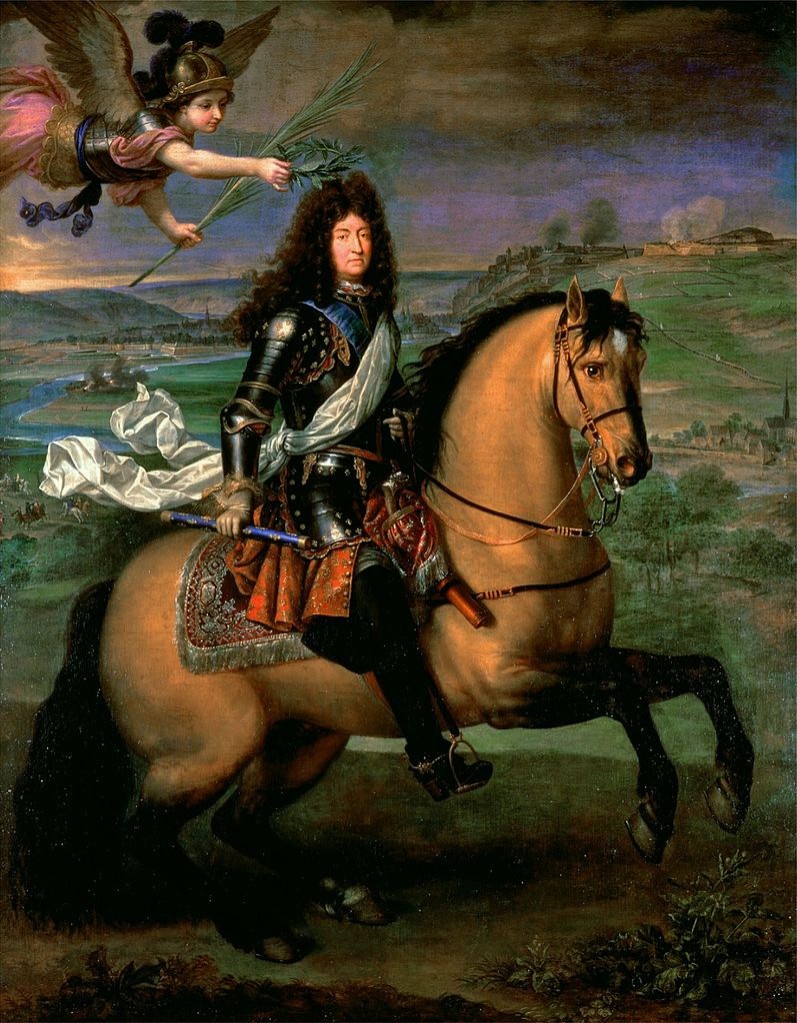Humans aren't the only participants of the Olympics: horses are the athletes' faithful companions in dressage, jumping, and eventing, and the center of attention in the exhibition, Cheval en majesté, showing in conjunction with the equestrian events of the upcoming Paris Olympics.
Like this year's equestrian events, the exhibition will be shown at the Versailles-for centuries an important riding institution, and home of the National Equestrian Academy of Versailles. Cheval en majesté - Au cœur d'une civilization celebrates the role of the horse in Western civilization, from the 16th century to the early 20th century, when steam and diesel engines took its place. It features around 300 paintings, taking guests through several of the Chateau's emblematic rooms, including the Africa Rooms, the Hall of Mirrors, the King's State Apartment, and the War and Peace Rooms.

It is also divided into several sections, highlighting the horse's different roles. In Of horses and kings, the horse is celebrated as a symbol of royal power, at a time when a king's skill in the saddle was thought to reflect his skill as the head of state. Included in this section are paintings of Queen Victoria's famous Arabians.
The exhibition also takes visitors through Versailles royal stables, which not only housed horses, but also served as a classroom for horsemanship.
The horse, king of war, not only highlights horses as a cavalry mounts, but presents their sacrifice on the field of battle.
Festive and lavish accoutrements-including gay caparisons and a complete set of parade armour-are displayed in Festive horses and Horses and luxury.
In Horses in science, New York's Metropolitan Museum and the English Royal Collections come together to present Andrea del Vecchio and Leonardo da Vinci's anatomical drawings.
Horses pose as muses in Horses as models, before they are jostled from street, farm and battlefield by the railway and automobile industries in the final section, From one civilization to another.
Cheval en majesté is curated by Laurent Salomé and Hélène Delalex, and will run from July 2 to November 3.